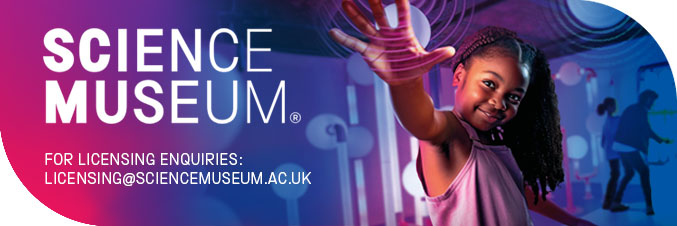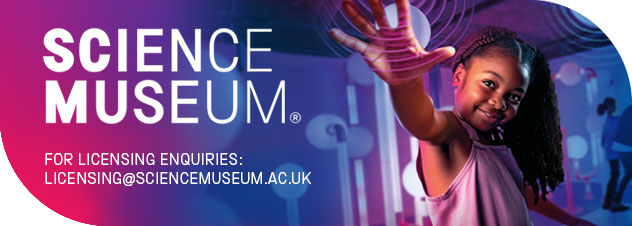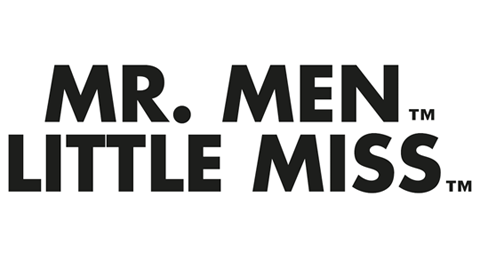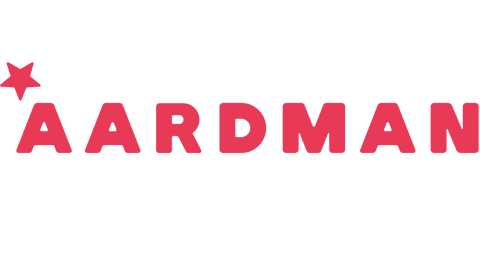With Netflix becoming the latest global brand to adopt a direct to consumer model for its portfolio of licensed merchandise, consumer products, and original series brand extensions, industry insights and intelligence expert and seasoned market analyst, Utku Tansel takes a look at the ever-strengthening trend of tapping into the consumer directly
[divider style=”solid” top=”20″ bottom=”20″]

Netflix’s announcement to unveil an online shop for show-themed licensed merchandise has definitely raised some eyebrows. The entertainment giant’s new platform will sell limited-edition show tie-in apparel, merch, and other collectables. Among the items that will make a debut this month are streetwear and action figures inspired by anime series Yasuke and Eden, as well as apparel and decorative items based on Lupin in partnership with the Musée du Louvre.
There are also other exclusive products in the pipeline which will leverage the licensing power of its popular titles such as The Witcher and Stranger Things. Furthermore, there will be a new Netflix logo-wear from Japanese fashion house BEAMS.
As the escalated streaming wars take their toll on the company, Netflix.shop, which was developed and launched with the e-commerce site Shopify, should provide a brand new revenue source, and will witness an expansion of a product line that already offers through partners like Walmart, Amazon, H&M, Sephora, Target, and others.
Now available in the US, Netflix’s new online is set to expand abroad over the coming months.
With its recent move, Netflix’s aims to ride on the rising popularity of Direct-to-Consumer (DTC) which has been one of the emerging retailing models in recent years. The ongoing pandemic has accelerated this considerably, prompting many companies to shift their models.
2020 saw a number of brands increase their focus and investment in developing their DTC offerings. Spending more time at home has undoubtedly encouraged more consumers to embrace DTC particularly in grocery and clothing. In the fashion space, VF Corporation (The North Face, Timberland) acquired Supreme. It was reported that over 60 per cent of the company’s revenue comes from its online operations, and VF announced a cornerstone of its strategy will be expanding the brand’s Direct-to-Consumer offering.
Meanwhile, in the toy industry, Hasbro and Mattel expanded their DTC operations in order to meet the growing demand for e-commerce.
As I investigated in my “Retail and E-commerce: The Impact of COVID-19 in the UK” Opinion piece previously, the COVID-19 pandemic has transformed shopping behaviour completely making a profound effect on the retail industry.
While COVID-19 continues to cause significant disruption to bricks and mortar retail, DTC is in a good place to be one of the headline trends for 2021. It is the preferred choice for many businesses and brands already as they increasingly become more agile, more authentic and produce more personalised products en masse.
[divider style=”solid” top=”20″ bottom=”20″]
Utku Tansel has 17 years of success in driving global thought leadership, project and content management, delivering strategic business intelligence and actionable insight to major international companies, retailers and financial institutions.
With a solid market research background, Utku regularly writes for leading industry publications including ToyNews and Licensing.biz focusing on the most recent trends and developments.
A sought-after speaker, he also presented at world-renowned industry events including Licensing International Mind Mix Executive Conference, Hong Kong Toys & Games Fair, PlayCon, World Congress of Play, and Walmart Global Toy Summit highlighting key findings from the latest global research studies.







 In terms of new product launches, the LEGO Super Mario set from 2020, which uniquely blends physical bricks with online games, has been one of LEGO’s most successful theme launches. The product line featured an interactive LEGO Mario figure that collects coins in real life game levels created with LEGO bricks. The figure has LCD screens in its eyes, mouth and belly to display a wide range of instant reactions to movement, colour and action bricks.
In terms of new product launches, the LEGO Super Mario set from 2020, which uniquely blends physical bricks with online games, has been one of LEGO’s most successful theme launches. The product line featured an interactive LEGO Mario figure that collects coins in real life game levels created with LEGO bricks. The figure has LCD screens in its eyes, mouth and belly to display a wide range of instant reactions to movement, colour and action bricks.



